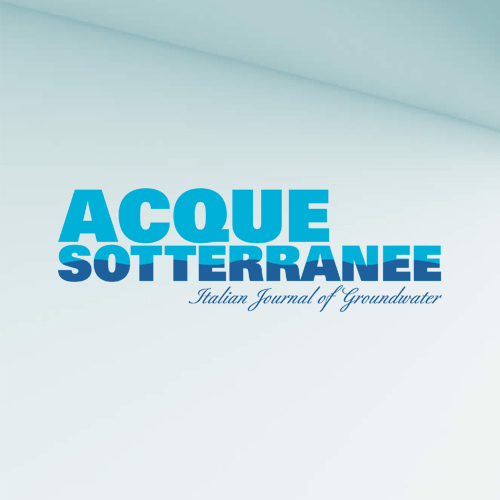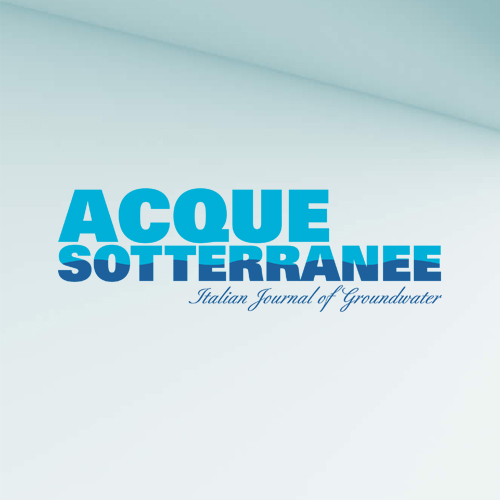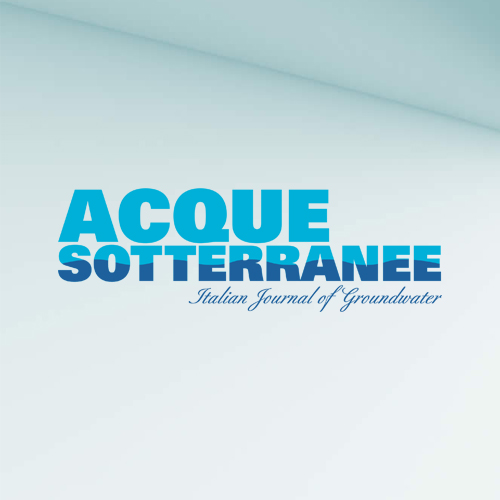Radiological environmental monitoring of groundwater around phosphate deposits in North Africa-Southern Tunisia: geochemical, environmental and health factors
Accepted: 17 March 2025
All claims expressed in this article are solely those of the authors and do not necessarily represent those of their affiliated organizations, or those of the publisher, the editors and the reviewers. Any product that may be evaluated in this article or claim that may be made by its manufacturer is not guaranteed or endorsed by the publisher.
Authors
Groundwater contamination is a global problem that has a significant impact on human health and environmental/biota services. Southern Tunisia’s atmospheric, sediments and deep hydrothermal naturally contain radioactive isotopes originating primarily from Eocene/Ypresian phosphate deposits and extracted from the great hydrothermal reservoir of North Africa (North Western Sahara Aquifer System). These apatite deposits can be enriched in Uranium-238 and its daughter isotopes. This can have harmful effects on both the human life and the environment. The changing climate amplifies the devastating impacts of nuclear radiation resulting from phosphate mining and industry sectors particularly in Southern Tunisia. The phosphate nodules carrying radioactive elements from the Eocene have been redistributed into more recent geological formations. This has led to their widespread distribution throughout the Tunisian southern region. The results of measurements relating to natural radioactivity in southern Tunisia demonstrate that the various components’ values (238U, 232Th, 226Ra, and 40K) show significant variations depending on the location (0.05 mSv/h < gamma radiation dose < 0.36 mSv/h in the air, 0.06 mSv/h < gamma radiation dose < 0.36 mSv/h in the soil and between 0.18-0.24 mSv/y in groundwater). However, the gamma radiation levels and the overall radioactivity are high in the vicinity of phosphate deposits exceeding the standards set by the International Atomic Energy Agency of 0.3 mSv/h. This is due to the persistent presence of a dusty cloud containing metallurgical and radioactive pollutants above the phosphate mines and the hydrothermal groundwater. Influenced by meteorological parameters such as wind velocity, temperature, fog, and precipitation, groundwater hydrodynamic circulation, such pollutants are transported to neighboring regions. Mining of the Eocene deposits and related activities caused rising levels of air, soil and groundwater radioactivity on the western side. Intensified contamination can manifest in various ways and may have severe impacts on the human health and the environment.
Department of Earth and Atmospheric Sciences, University of Houston, TX, USA.
How to Cite

This work is licensed under a Creative Commons Attribution-NonCommercial 4.0 International License.
PAGEPress has chosen to apply the Creative Commons Attribution NonCommercial 4.0 International License (CC BY-NC 4.0) to all manuscripts to be published.
Similar Articles
- the Editors-in-Chief, A new season for our Journal , Acque Sotterranee - Italian Journal of Groundwater: Vol. 9 No. 1 (2020)
- Leonardo Piccinini, Valentina Vincenzi, Impacts of a railway tunnel on the streams baseflow verified by means of numerical modelling , Acque Sotterranee - Italian Journal of Groundwater: Vol. 10 No. 1 (2021)
- Bonizzella Brizzolari, [Geofluid Academy 19-20 October 2022 Piacenza Expo, Piacenza - Water wells: materials and products used for construction, pumps and lifting equipments, low enthalpy geothermal (heat exchange) systems] , Acque Sotterranee - Italian Journal of Groundwater: Vol. 11 No. 2 (2022)
- Daniela Ducci, [The 5th National Meeting on Hydrogeology Flowpath 2021, finally face-to-face!] , Acque Sotterranee - Italian Journal of Groundwater: Vol. 10 No. 4 (2021)
- Paolo Cerutti, Andrea Dini, Emanuele Emani, [Deep geothermal and energy: electricity, geothermal lithium, critical raw materials] , Acque Sotterranee - Italian Journal of Groundwater: Vol. 13 No. 2 (2024)
- Iacopo Borsi, Another productive year for our Journal , Acque Sotterranee - Italian Journal of Groundwater: Vol. 13 No. 4 (2024)
- Daniela Ducci, Rudy Rossetto, Rainfall and hydrogeology , Acque Sotterranee - Italian Journal of Groundwater: Vol. 11 No. 4 (2022)
- Paolo Cerutti, [Urban heat islands, global heating, heat exchange, ground source heat pumps] , Acque Sotterranee - Italian Journal of Groundwater: Vol. 12 No. 4 (2023)
You may also start an advanced similarity search for this article.


 https://doi.org/10.7343/as-2025-809
https://doi.org/10.7343/as-2025-809










